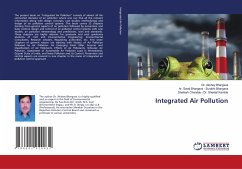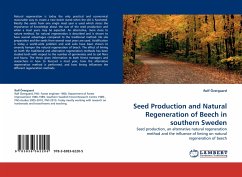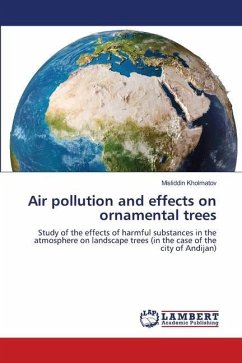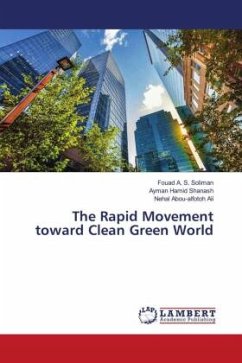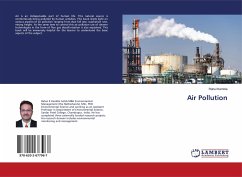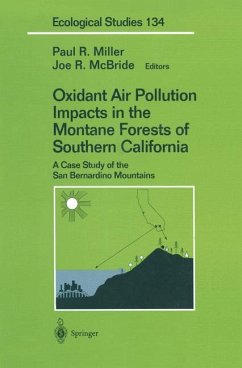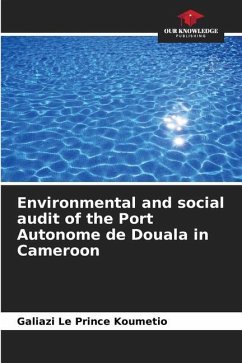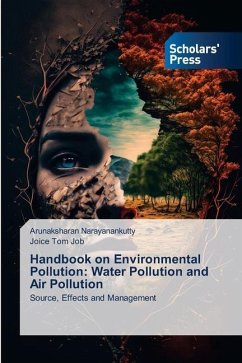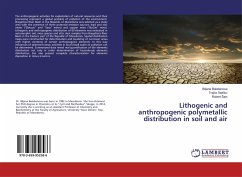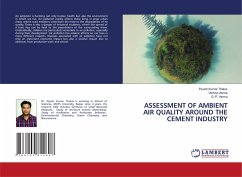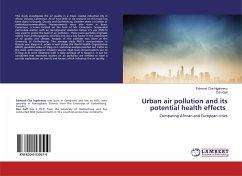
Urban air pollution and its potential health effects
Comparing African and European cities
Versandkostenfrei!
Versandfertig in 6-10 Tagen
18,99 €
inkl. MwSt.

PAYBACK Punkte
9 °P sammeln!
This study investigates the air quality in a major coastal industrial city in Africa: Douala, Cameroon. As of now little or no research on this topic has been done in Douala. Douala and Gothenburg, Sweden share a number of similarities/commonalities. Measurements were also done in Buea, Cameroon, a town located on the foot of Mt. Cameroon. Suspended particulate matter with an aerodynamic diameter below 2.5 mim (PM2.5) was used to probe the level of air pollution. These nano particles originate mainly from anthropogenic activities and are a key factor in the assessment of air quality and climat...
This study investigates the air quality in a major coastal industrial city in Africa: Douala, Cameroon. As of now little or no research on this topic has been done in Douala. Douala and Gothenburg, Sweden share a number of similarities/commonalities. Measurements were also done in Buea, Cameroon, a town located on the foot of Mt. Cameroon. Suspended particulate matter with an aerodynamic diameter below 2.5 mim (PM2.5) was used to probe the level of air pollution. These nano particles originate mainly from anthropogenic activities and are a key factor in the assessment of air quality and climate. Analysis of the particles was done at the University of Gothenburg. The average daily PM2.5 concentration in Douala was 55µg m-3, which is well above the World Health Organization (WHO) guideline value of 25µg m-3. Statistical analysis pointed out traffic as the main anthropogenic emission source. High lead concentrations (up to 0.77µg m-3) were observed with a daily average of 0.12µgm-3.It can be concluded that extended studies on air pollution are needed to have a concise explanation on trends and factors which influence the air quality.



